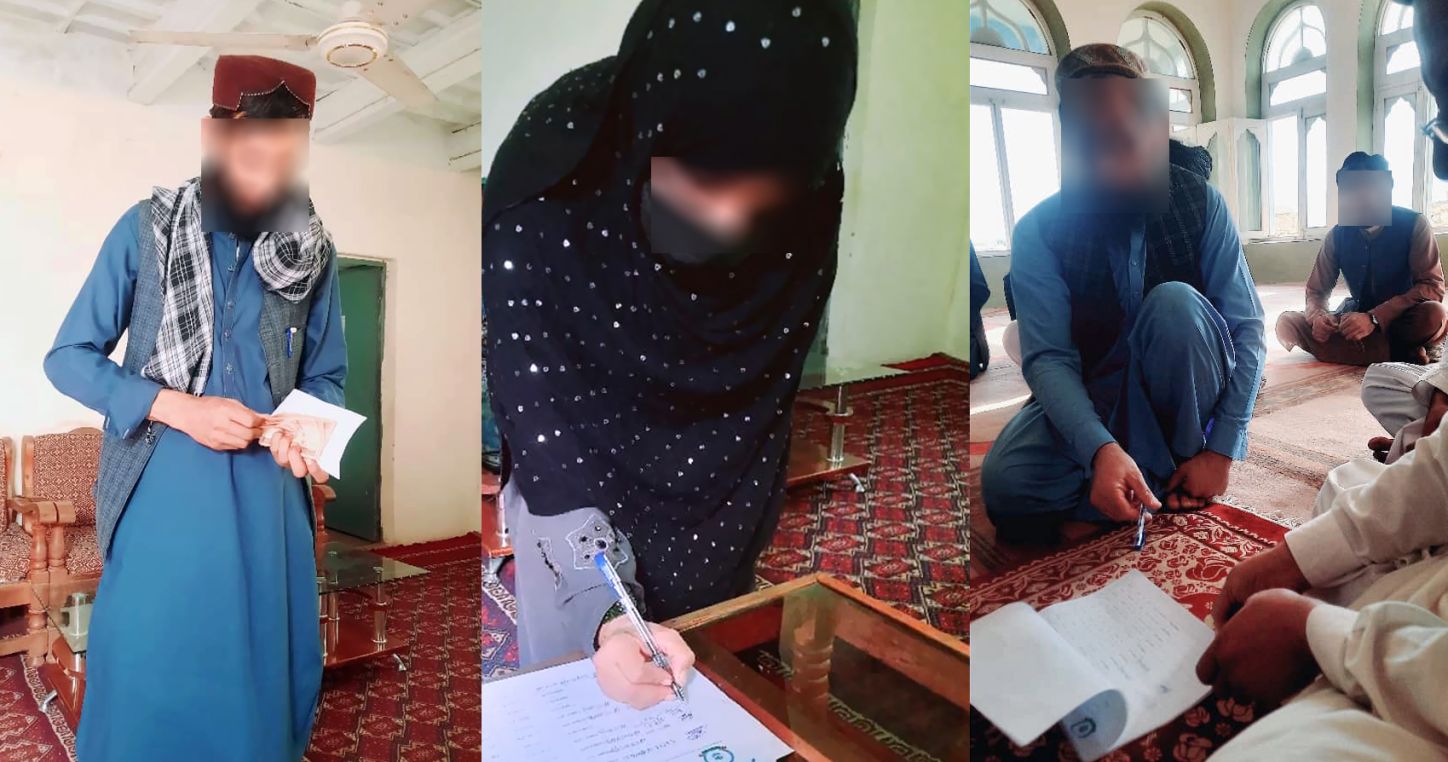Afghanistan : Humanitarian Relief for Teachers Affected by the Earthquake in Kunar
On 31 August 2025, a magnitude 6.0 earthquake struck Kunar Province in eastern Afghanistan. The tremor caused catastrophic damage killing more than 2,500 people, injuring thousands, and destroying homes, as well as many schools.
In this context of devastation, Education International (EI) and its affiliate, the National Teachers Elected Council (NTEC), mobilized quickly to provide humanitarian assistance to unionized teachers affected by the disaster. This initiative illustrates the solidarity and commitment of the global education community through EI.
The earthquake left many families displaced, worsening the challenges faced by an already fragile education system. Aftershocks and landslides further slowed relief efforts, isolating vulnerable communities. According to official reports, the quake killed 391 students and three teachers and injured 760 students and 20 teachers. Kunar’s education department reported that 53 schools were destroyed and 253 partially damaged, severely hindering the start of the new academic year.
Scope of Assistance
A total of 60 teachers from different schools in the province received financial aid. Each beneficiary was granted 5,500 Afghanis (approximately $80), ensuring immediate support for basic needs during recovery.
Beneficiaries came from two districts, Sawkey and Noorgal, representing a wide network of 26 educational institutions, including primary and secondary schools. These schools are vital pillars of education in rural Afghanistan.
“When the earthquake struck, some colleagues lost everything, including their homes. Support from the EI solidarity fund means that unionised teachers and their families can buy food and stay safe while they rebuild,” said Mr Fazel, leader of NTEC.
Teachers expressed deep gratitude
“Our school was damaged, and classes stopped. This relief gives us hope that education will continue for our children,” shared Abdul Hamid, a secondary school teacher in Sawkey.
“As a woman teacher in a rural area, it is hard to recover from such a disaster. This help reminds me that we are not alone,” noted Sima, one of the few female educators in Sawkey.
While most recipients were male teachers, few women also received hardship relief. The predominance of male teachers reflects the demographic reality of teaching staff in rural Kunar.
Education Scarcity Before the Earthquake
Even before the disaster, Kunar’s education sector was struggling. According to local education officials, nearly 50,000 children in remote areas lacked access to formal schools. The province had 484 schools, of which 280 lacked proper buildings, forcing students to study in houses or outdoors under trees and along walls for shade.
Educators and families had long called for construction of school buildings and expansion of secondary education opportunities in mountainous areas. This chronic shortage of infrastructure amplified the earthquake impact: destroying makeshift classrooms and leaving thousands of children without any learning space.
The relief operation was led by NTEC’s Kunar province leader, Mr Hayatullah Tawhidi, prioritizing unionised teachers in the distribution of hardship allowances. Despite logistical challenges caused by blocked roads and aftershocks, the initiative succeeded in delivering timely assistance to educators who play a critical role in community resilience.
EI and NTEC’s intervention demonstrates the strength of collective action to protect teachers’ wellbeing during emergencies.




